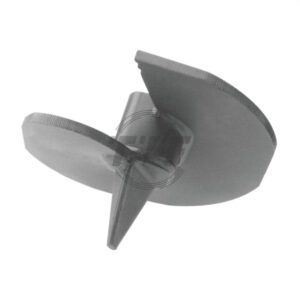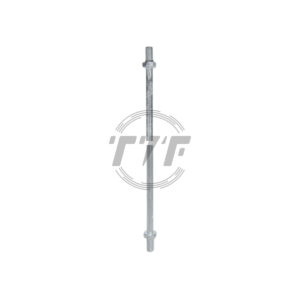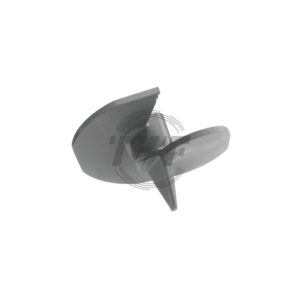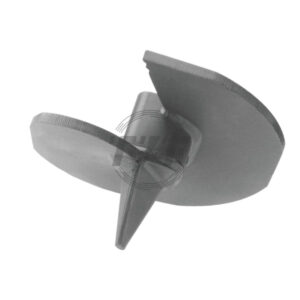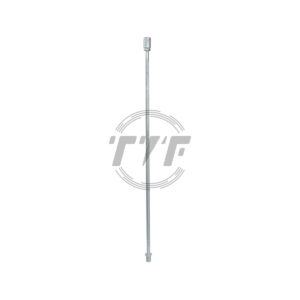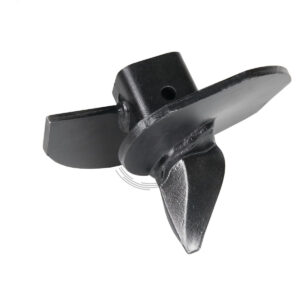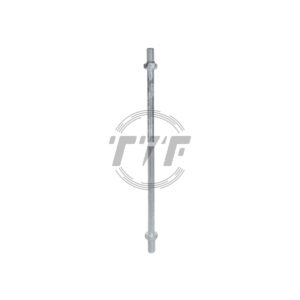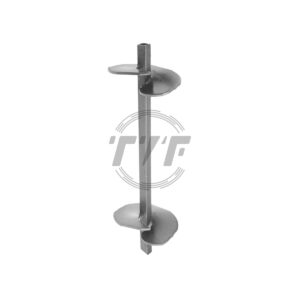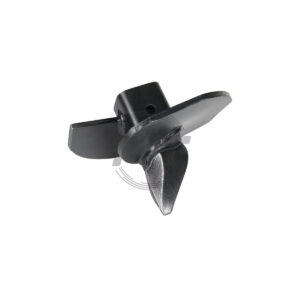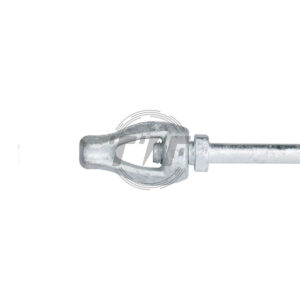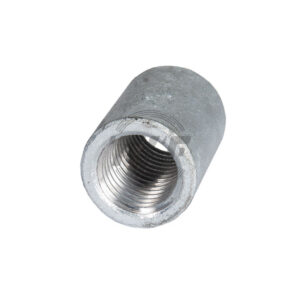Anchor / Rod / Eyenut
Showing 1–12 of 16 results
-
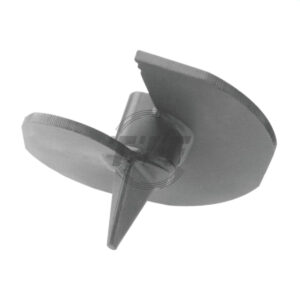
Anchor Helix, Tough One Anchor, Black Paint, 10in, 15,000 ft-lb rating, 2.5in hub,1in threads
-

Anchor Helix, Tough One Anchor, Black Paint, 8in, 15,000 ft-lb rating, 2.5in hub,1in threads
-

Anchor Rod
-

Black Painted Helix Anchor, 31.487 lb
-

Black Panited Helix Anchor, 19.6 lb
-

Extension Anchor PISA Rod
-

Helix Anchor, 10.261 lb
-

High strength Pisa Anchor Rod
-

Mid-Strength PISA Anchor
-

Painted Helix Anchor, Weight: 9.980 lb
-

Pisa Anchor Rod
-

Pisa Anchor Rod Coupling
Read More
Anchor rods are peripherals that are used to fix utility poles and telephone poles. One end of the anchor rod is connected to a stay wire by a guy clamp and the other is connected to the earth anchors that are connected to the ground. They are also known as thimble rod, guy anchor rods, anchor bolts or thimble eye anchor rod.Types of Anchor Rods
The types of anchor rods are categorized into four:
L- shaped Anchor Bolts
These are mainly used in light poles, sign structures and heavy equipment.
Double End Rods with Plate
These are rods with a plate washer added to one end. The plate is either soldered to the anchor bolt or soldered to a nut in concrete. They are mainly used to make highway signs, columns for buildings and other applications.
Headed Anchor Bolts
These have a fabricated head on one end of the bolt which is installed into the concrete. It is mainly used to include columns to buildings, railings and light poles.
Swedge Bolts
These are rods that have a round bar steel threaded on one end and the other end has many dents to ensure concrete flows into them. They are mostly used to connect girders and piers and are hot dip galvanized to resist corrosion.
Type of Material for Anchor Rods
Tensile Strength
This is the maximum stress that a material is able to withstand before bending or breaking when stretched or pulled. The tensile strength is determined by the weight and diameter of the component. Anchor rods should have high tensile strength to be able to withstand the pressure it was intended to.
Weight
The weight of the anchor rod is dependent on the type of work it is intended to do. Anchor rods of high quality tend to have more weight than others.
Quality Compliance
The anchor rods must have adhered to quality compliance act to ensure safety of the people around it and the overhead lines.
Dimension
The dimensions of the anchor rods are determined by engineers who evaluate the kind of work they are subjected to do before manufacturing them.
Hardness
The hardness of the rod determines the strength of the material. A strong and hard anchor rod is able to withstand different aspects making them durable.
Uses of Anchor Rods
Anchor rods have the following uses or applications:
- Wood anchoring – the wood is fastened to concrete foundation using the anchor rods for extra support to avoid movements in areas with more earth movement.
- Transfer of load – anchor rods are useful in ensuring even distribution of load to prevent collapse of the structure. The anchor rods transfer the weight of the load to the foundation of the building and not to the frame.
- Tethering – anchor rods will be required to brace structures that are not intended to move.
Other Classifications of Anchor Rods
Other than the major types of anchor rods, there are other classifications of anchor rods which include:
Mechanical Expansion Anchors
This is a mechanism which is involved in helping to transfer the expansion force to interlock the anchor rod.
Undercut Anchors
The strength that is diverted to the interlock depends on the mechanical interlock. Drilling the concrete forges a contact surface between the anchor head and the wall holes.
Bonded Anchors
The mechanism involved is reliant on the bond stresses that are provided by bound organic material.
Screw Anchors
This mechanism used is based on the pressure bared in aggregation between concrete and screw pitches.
Plastic Anchors
The mechanism used in this case is not as different from the one of the anchor rod. It involves the use of sleeves made of plastic.
Powder Actuated Anchors
This is the process of conveying the force through mechanical interlocks.
Frequently Asked Questions
- What are anchor rods?
A. Anchor rods are used to connect the utility poles to the ground to provide more support to the poles. - What are the types of anchor rods?
A. Anchor rods have many classifications but the main types are the L- shaped anchor rod, double end rod with plate, headed anchor rod and the swedged anchor rod.

